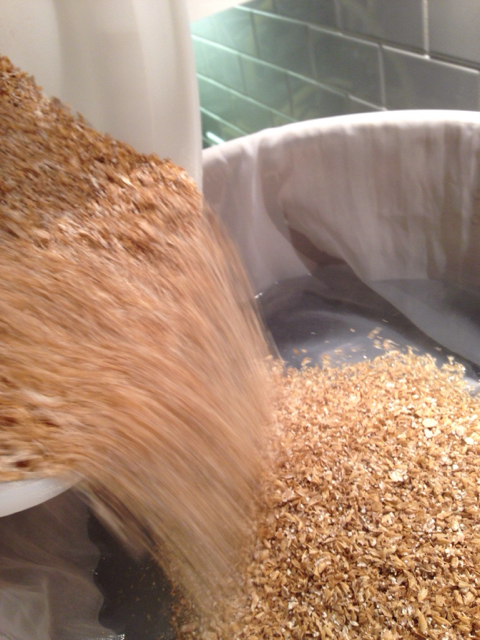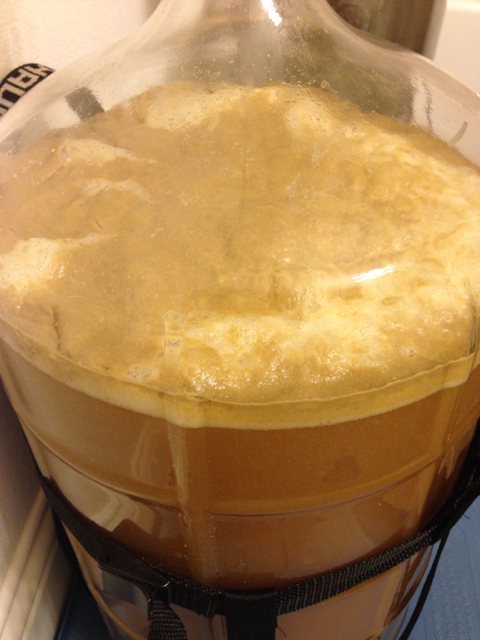Gavin,
I'm looking to update my brewing setup and it will be very similar to what you have detailed through this post. Wondered if you would not mind giving your thoughts on this setup and if you had to make any changes to your setup what would it be.
I have a gas stove with a 14,000 BTU burner. With my old 7.5 gallon aluminum pot, I can get 7 gallons of wort boiling. I brew the occasional 5 gallon batch but mostly do 3 and 2.5 gallon batches.
This is what I'm thinking of getting.
From Northern Brewer:
8 Gallon Maga Pot w/ Valve
Transfer Quick Pump Connection kit
Chugger SS inline pump
From More Beer:
Counter Flow Chiller with 1/2" FPT fittings
I already have a Swirl-Boss wort whirlpool wand and an immersion chiller.
I'm thinking with this setup, It will simplify my brew days and save my back some lifting. I'm also in Texas so the plan is to use a bucket of iced water to make a pre chiller with the immersion chiller.
So the biggest thing, I'm not sure about is the pump. Do you regulate the flow of the pump with a valve. Can you get too big of a pump. Is one type of pump better than others?
Thanks!
I'm looking to update my brewing setup and it will be very similar to what you have detailed through this post. Wondered if you would not mind giving your thoughts on this setup and if you had to make any changes to your setup what would it be.
I have a gas stove with a 14,000 BTU burner. With my old 7.5 gallon aluminum pot, I can get 7 gallons of wort boiling. I brew the occasional 5 gallon batch but mostly do 3 and 2.5 gallon batches.
This is what I'm thinking of getting.
From Northern Brewer:
8 Gallon Maga Pot w/ Valve
Transfer Quick Pump Connection kit
Chugger SS inline pump
From More Beer:
Counter Flow Chiller with 1/2" FPT fittings
I already have a Swirl-Boss wort whirlpool wand and an immersion chiller.
I'm thinking with this setup, It will simplify my brew days and save my back some lifting. I'm also in Texas so the plan is to use a bucket of iced water to make a pre chiller with the immersion chiller.
So the biggest thing, I'm not sure about is the pump. Do you regulate the flow of the pump with a valve. Can you get too big of a pump. Is one type of pump better than others?
Thanks!









![Craft A Brew - Safale S-04 Dry Yeast - Fermentis - English Ale Dry Yeast - For English and American Ales and Hard Apple Ciders - Ingredients for Home Brewing - Beer Making Supplies - [1 Pack]](https://m.media-amazon.com/images/I/41fVGNh6JfL._SL500_.jpg)











































